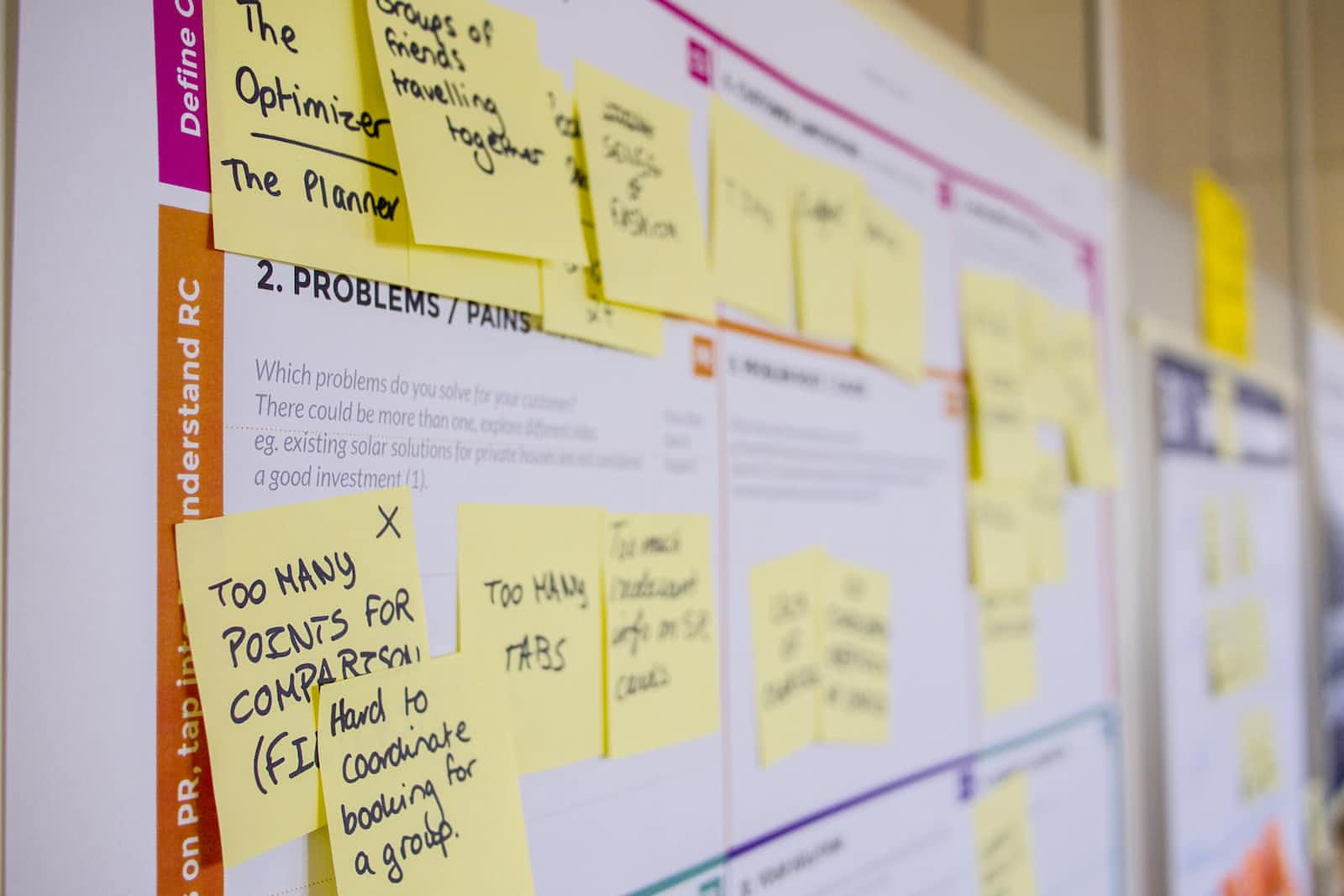Addressing the Dunning-Kruger Effect and Impostor Syndrome
 Sébastien NOIROT
Sébastien NOIROT
Continuous skill development is vital for personal and professional growth in today's fast-paced world. However, the journey can sometimes be clouded by cognitive biases such as the Dunning-Kruger Effect and Impostor Syndrome, which affect how individuals perceive their abilities. This article introduces a structured process that aims to address these biases and support a more informed and self-aware approach to skill development. The process is comprised of 11 detailed steps, each concentrating on an essential aspect of skill development.
Understanding the Dunning-Kruger Effect and Impostor Syndrome
The Dunning-Kruger Effect is a cognitive bias where individuals with low ability at a task may overestimate their ability, while those who are highly skilled may underestimate their competence. As discovered by social psychologists David Dunning and Justin Kruger in 1999, this bias can lead to misconceptions about one’s abilities.
Impostor Syndrome, in contrast, is where an individual doubts their accomplishments and fears being seen as a “fraud.” This can cause even high-achieving individuals to underestimate their competencies.
Both the Dunning-Kruger Effect and Impostor Syndrome can create challenges in skill development by affecting self-perception.
A Brief Overview of the Skill Development Process
This skill development process aims to address the Dunning-Kruger Effect and Impostor Syndrome while encouraging purposeful learning. Here’s a brief overview of the 11 steps:
Educational Kickoff: Introducing the Dunning-Kruger Effect and Impostor Syndrome.
Setting SMART Goals: Developing Specific, Measurable, Achievable, Relevant, and Time-bound goals.
Initial Self-Assessment: Assessing current skills and confidence levels.
Create Milestones: Creating smaller, achievable milestones for goals.
Define Evaluation Criteria: Establish how milestones will be evaluated.
Regular Check-Ins: Monitoring progress through scheduled check-ins.
Dynamic Milestone Adjustment: Adapting milestones based on feedback.
Reflection and Addressing Impostor Syndrome: Reflecting on the learning journey.
Feedback Repository: Recording positive feedback and accomplishments.
Final Assessment and Celebration: Assessing achievements and celebrating.
Post-Process Analysis: Collect feedback for future improvements.
The Value of This Process
By addressing the Dunning-Kruger Effect and Impostor Syndrome, this process helps individuals gain a clearer understanding of their abilities, which is essential for learning and growth. It also emphasizes setting clear goals, regular monitoring, feedback, and reflection to support continuous development.
Conclusion
Skill development is an ongoing process, and understanding psychological factors is critical. This process aims to support effective skill development by integrating psychological insights with practical strategies. Stay tuned as we explore each step in detail in the upcoming articles.
Subscribe to my newsletter
Read articles from Sébastien NOIROT directly inside your inbox. Subscribe to the newsletter, and don't miss out.
Written by
